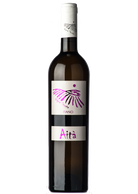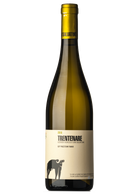Fiano
A grape of very ancient origin, fiano is certainly a pre-Roman Italic grape, cultivated by the Latins in southern Italy and probably native to the area of Lapio, in Irpinia. In fact, the name means "from Lapio", admitting the derivation of "fiano" from "lapianum", then "apianum". Today fiano is widespread not only in its territory of origin, but also in various areas of Campania, such as Cilento, and in Puglia, towards Murge, where there is also a local variant called minutolo (according to recent studies, this grape variety is totally independent from a genetic point of view). Fiano is without a shadow of a doubt one of the most significant white grapes in Italy, especially for the minerality and longevity of the wines it produces, and certainly the most significant in the South.

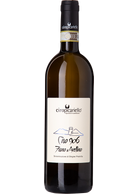
Ciro Picariello Fiano di Avellino Ciro 906 2022

Feudi di San Gregorio Fiano di Avellino 2023

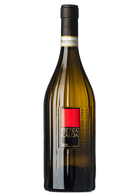
Feudi di San Gregorio Fiano Pietracalda 2022

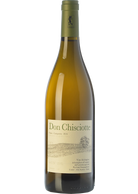
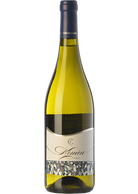
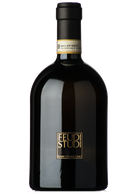
Feudi di San Gregorio Fiano Fraedane 2016
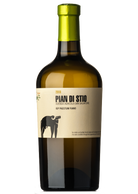

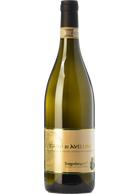

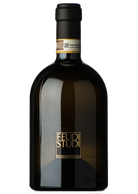
Feudi di San Gregorio Fiano Arianiello 2017
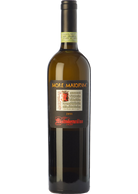
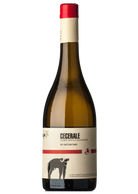

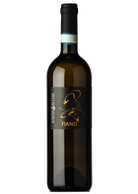
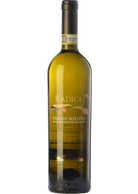
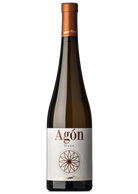
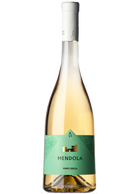
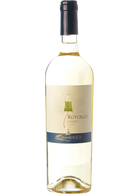
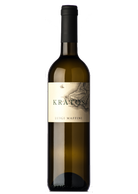
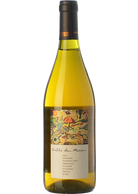
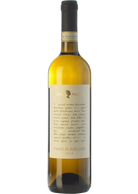
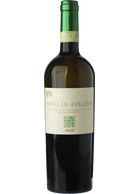
Vigne Guadagno Fiano d'Avellino 2013
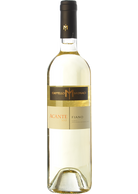
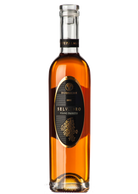

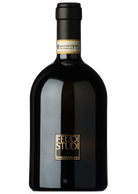
Feudi di San Gregorio Fiano Campo Aperto 2016
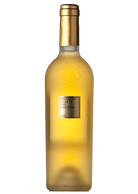
Feudi di San Gregorio Fiano Passito Privilegio 2021 (0.5 L)
Fiano
A grape of very ancient origin, fiano is certainly a pre-Roman Italic grape, cultivated by the Latins in southern Italy and probably native to the area of Lapio, in Irpinia. In fact, the name means "from Lapio", admitting the derivation of "fiano" from "lapianum", then "apianum". Today fiano is widespread not only in its territory of origin, but also in various areas of Campania, such as Cilento, and in Puglia, towards Murge, where there is also a local variant called minutolo (according to recent studies, this grape variety is totally independent from a genetic point of view). Fiano is without a shadow of a doubt one of the most significant white grapes in Italy, especially for the minerality and longevity of the wines it produces, and certainly the most significant in the South.
Often with excellent sugar concentration, in the best area, that of the Fiano di Avellino DOCG, it expresses an unparalleled minerality, which translates into notes of flint and gunpowder in the top versions. Precisely in order to preserve this highly elegant profile, which easily evolves into hints of hydrocarbon, it is generally vinified and aged in steel only, and it is preferable to put it on the market after at least a year in the cellar. With regards to DOCG, the most suitable areas are Lapio, but today especially Summonte, towards Mount Partenio, where the volcanic soils and high altitudes - the vines reach 700 metres above sea level - produce an extreme and uncompromising fiano also for acidity and, consequently, longevity. Outside the DOCG, it expresses even more pronounced structure and greater warmth in Sannio and Cilento, and there are promising versions in Molise, Basilicata and Puglia.



